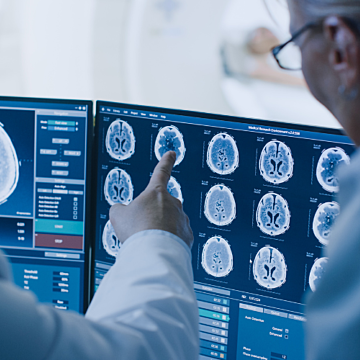Research Project

Melissa Green
Current Appointments
Conjoint Principle Research Scientist, NeuRAKey Research Areas
My research uses a combination of techniques from epidemiology, cognitive psychology, neuroscience, and genetics to understand the development of psychosis and related mental disorders from a life-course perspective. My work aims to identify early risk factors that may be modifiable by indicated interventions for individuals and/or universal public health policies. Major funded research themes include genetic investigations of psychotic and mood disorders, and population-level longitudinal child and adolescent research using linked administrative data.
My earlier research focused on cognitive and emotion regulation disturbances in a variety of psychiatric disorders and high-risk populations and was translated into social cognitive remediation tools used increasingly in standard psychiatric care. I now work in close collaboration with NSW and Commonwealth government agencies and other national collaborators at the University of New South Wales, University of Newcastle, Monash University, University of Melbourne, Macquarie University, and NeuRA. I collaborate with researchers in over 40 countries on imaging and genetics studies in large global cohorts.
Publications
2024, 09 Feb
Connectome architecture shapes large-scale cortical alterations in schizophrenia: a worldwide ENIGMA study
View full journal-article on https://doi.org/10.1038/s41380-024-02442-7
2023 Dec
Self-harm and suicidal ideation among young people is more often recorded by child protection than health services in an Australian population cohort
View full journal-article on https://doi.org/10.1177/00048674231179652
2023 Dec
miRNA cargo in circulating vesicles from neurons is altered in individuals with schizophrenia and associated with severe disease
View full journal-article on https://doi.org/10.1126/sciadv.adi4386
2023 Nov
Parental mental disorders and offspring schizotypy in middle childhood: an intergenerational record linkage study
View full journal-article on https://doi.org/10.1007/s00127-023-02455-7
2023 Aug
Early childhood developmental vulnerability associated with parental mental disorder comorbidity
View full journal-article on https://doi.org/10.1177/00048674221116806
2023 Jul
Cumulative environmental risk in early life is associated with mental disorders in childhood
View full journal-article on https://doi.org/10.1017/S0033291722001702
2023 Jun
Measurement Invariance Across Sex and Language Background of a Self-Report Social-Emotional Learning Questionnaire for Middle Childhood
View full journal-article on https://doi.org/10.1007/s12187-023-10015-3
2023 Mar
Pathways from developmental vulnerabilities in early childhood to schizotypy in middle childhood
View full journal-article on https://doi.org/10.1111/bjc.12405
2023 Jan
Self-reported mental health of children known to child protection services: an Australian population-based record linkage study
View full journal-article on https://doi.org/10.1007/s00787-021-01841-3
2023
Heritable defects in telomere and mitotic function selectively predispose to sarcomas
View full journal-article on http://www.scopus.com/inward/record.url?eid=2-s2.0-85146853415&partnerID=MN8TOARS











